You like your truth, and you hold on to it as if life itself depended on it. The theory of cognitive dissonance explains why we rationalise away, ignore or add new arguments to accommodate the tension we feel when new information threaten our points of view. Your belief system will take over whether you are trying to decide to start a fitness regime, or taking sides in a referendum. This can cloud judgement and create conflict. Change on a deep level requires awareness and commitment. Do you want a life change? Would you like to come across clearer at work? Are you caught up in circular arguments a lot? Cognitive dissonance can be a trigger for change, if you understand its basics. Read on to learn more in this Part 1.
In Part 2 you will find the success method how to move on, make yourself heard and to solve tricky discussions.
Cognitive Dissonance: To Change or Not To Change
You may have heard about the term cognitive dissonance as it has been related to in the post-Brexit debate, the Iraq Chilcot report, or in every day discussions about personal development.
In this post, we explore the theory of cognitive dissonance and how it explains a lot about why individual and societal change is hard.
The Brexit referendum in the UK has caused much tension amongst family and friends, and is in part the inspiration for this post. Step by step lifestyle change is equally a process that asks you to challenge yourself to new ways of eating, moving and thinking.
The process of a lifestyle shake-up is similar to changing your point of view in a given argument. Most of us however tend to stake our claim, stick to our guns and avoid influences to not shift our beliefs.
To really change we have to unlearn and relearn. Read part 2 in this series, where we give you a method to move on, make yourself heard and to solve tricky discussions.
Don’t Tell Me What To Do!
If you challenge your core values, and belief system you will embark on a journey of personal development. You can use the theory of cognitive dissonance for your life, personal growth and difficult discussions with others.
 By breaking down some long-cherished truths about myself, I have changed. Before – the more someone tried to persuade me to do something, the more I would resist. I had to come up with the idea myself. “Don’t tell me what to do!” was my favourite argument.
By breaking down some long-cherished truths about myself, I have changed. Before – the more someone tried to persuade me to do something, the more I would resist. I had to come up with the idea myself. “Don’t tell me what to do!” was my favourite argument.
This stubborn way of thinking is not very productive, but it is very common. We hold on to our belief systems, and our points of view until we’re blue in the face. Does this have to go on forever?
Cognitive Dissonance: Inner Drive To ‘Harmony’
Festinger’s (1957) cognitive dissonance theory suggests that we have an inner drive to hold all our attitudes and beliefs in harmony and avoid disharmony (or dissonance).
Cognitive dissonance appears in virtually all evaluations and decisions. It is the central mechanism by which we experience new differences in the world.
The feeling of uncomfortable tension comes from holding two conflicting thoughts in the mind at the same time. To release the tension we look for consistency in our beliefs and attitudes.
Cognitive Dissonance Defined
When our beliefs, or values are challenged we rationalise away the conflicting thought, increase our arguments, or ignore any new information.
Sometimes people hold a core belief that is very strong.
When they are presented with evidence that works against that belief, the new evidence cannot be accepted.
It would create a feeling that is extremely uncomfortable, called cognitive dissonance.
And because it is so important to protect that core belief, they will rationalise, ignore and even deny anything that doesn’t fit in with the core belief. Frantz Fanon
We often go to great lengths to disguise or deny our changing beliefs by paying less attention to information that contradicts our present convictions and more to that which confirms them. We launch into active self-preservation.
Cognitive Dissonance: Active Self Preservation
Everyone’s personality is composed of a complex interlocking system of beliefs, beginning with self-esteem. How you think about yourself, whether you see yourself as valuable, competent, attractive, diligent, intelligent, etc. is only partly connected to actual reality. Most of your self-esteem is what you make up about yourself and believe to be true.
Our parents, culture, society and education add to the mix, as well as media, digitals and friendly (mis) information.
We build our framework, and walls which become core values and belief systems. These become our truths. We use these to mirror ourselves as individuals and our view of the world.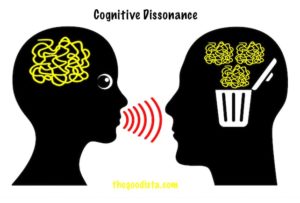
As adults we are well formed belief systems that function as individual stopping blocks, managerial challenges as well as team building difficulties.
Are you beginning to see why personal change, and global movement can be tricky?
Change, Justify or Ignore?
We hold on to our truths, and when they are challenged we dig in our feet. The rational choice would be to change behaviour, however most of us will add more arguments to why our version is the right one — whatever the consequences.
Cognitive dissonance will often lead us to activate self-preservation. To release the tension we can take one of four actions ( using the example of how a person is trying to avoid processed foods, but eats Potato Chips).
- Change our behaviour. ( I will no longer eat Potato Chips )

- Justify our behaviour by changing the conflicting cognition. ( I’m allowed to cheat now and again )
- Justify our behaviour by adding new cognitions.( I’ll walk an extra km to work it off )
- Ignore or deny any information that conflicts with existing beliefs ( These Potato Chips are vegetables, and therefore healthy! )
Agree To Disagree?
Have you ever agreed to disagree with someone? The inner tensions can take the expression of simply shutting down new influences, or trying to block the learning of new things.
You can’t convince a believer of anything; for their belief is not based on evidence, it’s based on a deep-seated need to believe’ – Carl Sagan.
The curious mind is replaced by standing ones ground, and sticking to your principles. The human mind tends to prefer status quo, and staying put.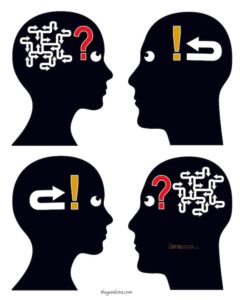
If you are in a managerial position you often have to interject into team breakdowns. The understanding of each persons view and responses can be down to cognitive dissonance.
To successfully unlock a situation requires skills, and technique. Read Part 2 for a highly successful method to move decisions and situations forward.
Change means to learn, unlearn and relearn. The process is uncomfortable, full of effort and so worth when you come out the other side.
Cognitive Dissonance: Deciding To Change
As humans we need our core values and belief systems to remain intact. We need to stay in balance — and when we start to rock the boat it isn’t comfortable.
In the age of information, ignorance is a choice that many tend to take. – Anonymous
The painful process of actually changing shakes up ones belief system. You question yourself, and allow the influence of others to be questioned.
Sometimes they are right, and sometimes you are. The question of right versus wrong is also up for grabs as emotions come in the way.
why Earth Must Remain Flat
To initiate change the first step is looking at the core issue. If you believe the earth is flat, you will hold on to this belief.
If others try to convince you to the contrary you will increase your arguments, and dig up all sorts of statistics to prove your point. You will show how your theory is right, and that is just that!
Try not to get overly attached to a hypothesis just because it’s yours. – Carl Sagan
The most normal reaction is to overstate your beliefs, and do everything in your power to shut out that inner voice (could the earth be round?).
If you read the book “Break Through Your BS” you will laugh at yourself, and get some real insights to why and how change is possible for a more successful approach to life and work.
Whether you believe the earth is flat (or that you need to get fitter) you will not be persuaded to change until you recognise that it is your responsibility to feel, act and think differently. We block all progress until we decide.
Cognitive Dissonance: Change Is A Choice
You can change, but you must be in the driver’s seat to do so. Personal development involves mental, physical, social, emotional, and spiritual growth that allows a person to live a productive and satisfying life within the customs and regulations of their society. This is achieved through the development of life skills.
To initiate change we will put into question core values and beliefs that we have carried with us for a long time. Many come from influences by parents, society, education, religion, or media.
Questioning these influences, or perceived ‘demigods’, means exploring our life experiences and truths in a non-emotional way. It is be no means easy nor comfortable.
Real change comes at a price. You can however consider that shifting from one road to another is an investment.
You decide that change is an open road leading to a more dimensional, intelligent, and enlightened understanding of the world.
New Meets Old
Most people will seek to preserve their current understanding of the world by rejecting, explaining away or avoiding new information. This way mental harmony is restored as they convince themselves that no conflict exists.
It is painful to leave old thoughts behind. You may realise that some of the new things you learn are not shared by the perceived ‘demigods’. 
New ways of tackling your understanding of the world, or a political issue, can be easier than dealing with relationships.
In other words it is easier to switch newspapers, and explore what the ‘other side’ says in order to get more information or facts. Your parents, however, may no longer follow your new way of life, nor confront issues where you have differing point of view. The old and the new come into conflict.
Cognitive Dissonance: Unlearning and Relearning
When old meets new it can be painful. Just as you get a wider view of a political issue by switching papers, you will bring your relationship to a different level. The outcome is a more mature and respectful way of relating to each other. 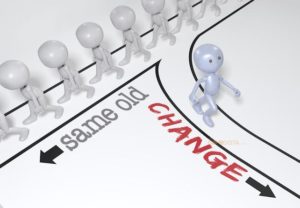
If you want a method to kick off your lifestyle change, or how to reformat tricky discussions look our for part 2 in this series. We a success method to undo conflicts, and restart a new chapter in your personal development, team building efforts and relationship. It works!
It hurts to grow. To unlearn and relearn is a process. Real change doesn’t happen over night, nor should it. Step by step you can dissect what you know to be true, and identify how each truth fit in with the next.
If you like articles like this one subscribe to The GOODista, and get inspired to feel, be and do good – every day and working (far) away.
Recommended and Related:
- Cognitive Dissonance – Changing Minds
- How Belief Can Change Your Life – Chopra.com
- Cognitive Dissonance – A Sceptics View – scepdic.com
- Brexit: Ignorant, Educated, Cosmopolitan, Modern UK – The Independent
- Cognitive Dissonance Explained – Simply Psychology
Do You Ignore, Justify and Make Excuses? Comment:

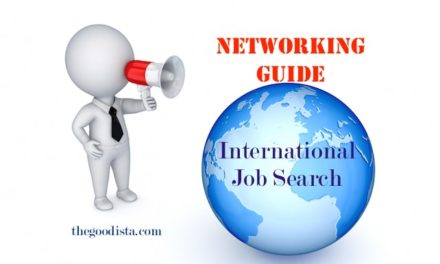
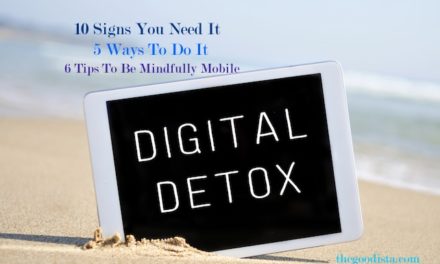

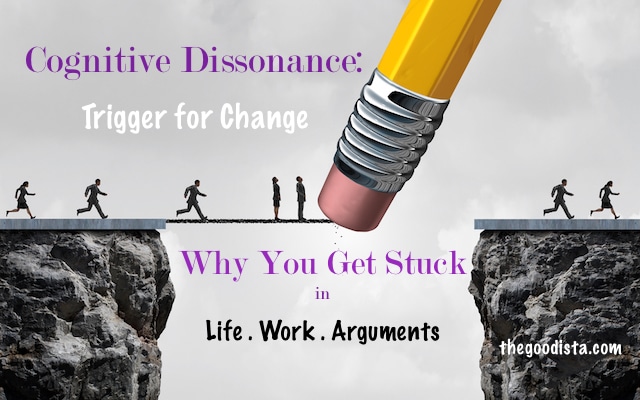


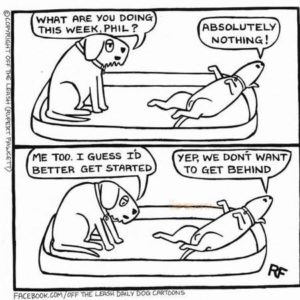










What a thoughtful and well researched post, congratulations. It certainly is timely. Most of our beliefs and basic structures are being shook up at present, Brexit, terrorism, violence on a large scale, a US election like no one we have experienced before, climate change….we all need to re-assess where we stand, and come to grips with how to look upon this new development, and on ourselves. Most helpful, thanks so very much!
Thanks for thoughtful comment, and welcome back to read Part 2 where we give you a method to change when cognitive dissonance comes to the forefront. You are right – the external forces that are in play world wide, as well as the reactions of people is what inspired this post. Cheers!